Enhancing Corrosion Resistance of High-Carbon Steel by Formation of Surface Layers Using Wastes as Input
Abstract
1. Introduction
2. Materials and Methods
2.1. Material Preparation
2.2. Analytical Methods
3. Results and Discussions
3.1. Microstructural Analysis
3.2. Synthesis of Ceramic Layer into Steel Substrate
3.3. SEM/EDS Analysis
3.4. XPS Analysis
3.5. Electrochemical Corrosion Test
3.6. Microhardness Test
4. Conclusions
Author Contributions
Funding
Acknowledgments
Conflicts of Interest
References
- Liu, Q.; Zhou, Q.; Venezuela, J.; Zhang, M.; Atrens, A. Hydrogen influence on some advanced high-strength steels. Corros. Sci. 2017, 125, 114–138. [Google Scholar] [CrossRef]
- Handoko, W.; Pahlevani, F.; Hossain, R.; Sahajwalla, V. Stress-induced phase transformation and its correlation with corrosion properties of dual-phase high carbon steel. J. Manus. Mater. Process. 2019, 3, 55. [Google Scholar] [CrossRef]
- Handoko, W.; Pahlevani, F.; Sahajwalla, V. Effect of austenitisation temperature on corrosion resistance properties of dual-phase high-carbon steel. J. Mater. Sci. 2019, 54, 13775–13876. [Google Scholar] [CrossRef]
- Handoko, W.; Pahlevani, F.; Sahajwalla, V. The effect of low-quantity Cr addition on the corrosion behaviour of dual-phase high carbon steel. Metals 2018, 8, 199. [Google Scholar] [CrossRef]
- Pei, X.; Noël, M.; Green, M.; Fam, A.; Shier, G. Cementitious coatings for improved corrosion resistance of steel reinforcement. Surf. Coat. Technol. 2017, 315, 188–195. [Google Scholar] [CrossRef]
- Wu, C.; Zhang, S.; Zhang, C.; Zhang, H.; Dong, S. Phase evolution and cavitation erosion corrosion behavior of FeCoCrAlNiTi x high entropy alloy coatings on 304 stainless steel by laser surface alloying. J. Alloys Compd. 2017, 698, 761–770. [Google Scholar] [CrossRef]
- Piatak, N.; Parsons, M.; Seal, R. Characteristics and environmental aspects of slag: A review. Appl. Geochem. 2015, 57, 236–266. [Google Scholar] [CrossRef]
- Handoko, W.; Pahlevani, F.; Emmanuelawati, I.; Sahajwalla, V. Transforming automotive waste into TiN and TiC ceramics. Mater. Lett. 2016, 176, 17–20. [Google Scholar] [CrossRef]
- Mayyas, M.; Pahlevani, F.; Handoko, W.; Sahajwalla, V. Preliminary investigation on the thermal conversion of automotive shredder residue into value-added products: Graphitic carbon and nano-ceramics. Waste Manage. 2016, 50, 173–183. [Google Scholar] [CrossRef] [PubMed]
- Lu, X.; Xiang, Z. Formation of chromium nitride coatings on carbon steels by pack cementation process. Surf. Coat. Technol. 2017, 309, 994–1000. [Google Scholar] [CrossRef]
- Liang, X.; Dodge, M.; Liang, W.; Dong, H. Precipitation of chromium nitride nano-rods on lamellar carbides along austenite-ferrite boundaries in super duplex stainless steel. Scr. Mater. 2017, 127, 45–48. [Google Scholar] [CrossRef]
- Wang, L.; Li, Q.; Zhu, Y.; Qian, Y. Magnesium-assisted formation of metal carbides and nitrides from metal oxides. Int. J. Refract. Met. Hard Mater. 2012, 31, 288–292. [Google Scholar] [CrossRef]
- Höche, D.; Blawert, C.; Cavellier, M.; Busardo, D.; Gloriant, T. Magnesium nitride phase formation by means of ion beam implantation technique. Appl. Surf. Sci. 2011, 257, 5626–5633. [Google Scholar] [CrossRef]
- Handoko, W.; Pahlevani, F.; Sahajwalla, V. Corrosion behaviour of dual-phase high carbon steel—microstructure influence. J. Manuf. Mater. Process 2017, 1, 21. [Google Scholar] [CrossRef]
- Handoko, W.; Pahlevani, F.; Sahajwalla, V. Enhancing corrosion resistance and hardness properties of carbon steel through modification of microstructure. Materials 2018, 11, 2404. [Google Scholar] [CrossRef] [PubMed]
- Ghouleh, Z.; Guthrie, R.; Shao, Y. High-strength KOBM steel slag binder activated by carbonation. Constr. Build. Mater. 2015, 99, 175–183. [Google Scholar] [CrossRef]
- Burks, T.; Avila, M.; Akhtar, F.; Göthelid, M.; Lansåker, P.; Toprak, M.; Muhammed, M.; Uheida, A. Studies on the adsorption of chromium (VI) onto 3-Mercaptopropionic acid coated superparamagnetic iron oxide nanoparticles. J. Colloid Interface Sci. 2014, 425, 36–43. [Google Scholar] [CrossRef]
- Lamaka, S.; Höche, D.; Petrauskas, R.; Blawert, C.; Zheludkevich, M. A new concept for corrosion inhibition of magnesium: Suppression of iron re-deposition. Electrochem. Commun. 2016, 62, 5–8. [Google Scholar] [CrossRef]
- Wang, Y.; Wu, J.; Xue, S.; Wang, J.; Zhang, Y.; Tang, Y. Hydrogen production by low-temperature oxidation of coal: Exploration of the relationship between aliphatic C H conversion and molecular hydrogen release. Int. J. Hydrogen Energy 2017, 42, 25063–25073. [Google Scholar] [CrossRef]
- Ogirigbo, O.; Black, L. Influence of slag composition and temperature on the hydration and microstructure of slag blended cements. Constr. Build. Mater. 2016, 126, 496–507. [Google Scholar] [CrossRef]
- Name, T.; Sheridan, C. Remediation of acid mine drainage using metallurgical slags. Miner. Eng. 2014, 64, 15–22. [Google Scholar] [CrossRef]
- Zhu, X.; Lei, T. Characteristics and formation of corrosion product films of 70Cu–30Ni alloy in seawater. Corros. Sci. 2002, 44, 67–79. [Google Scholar] [CrossRef]
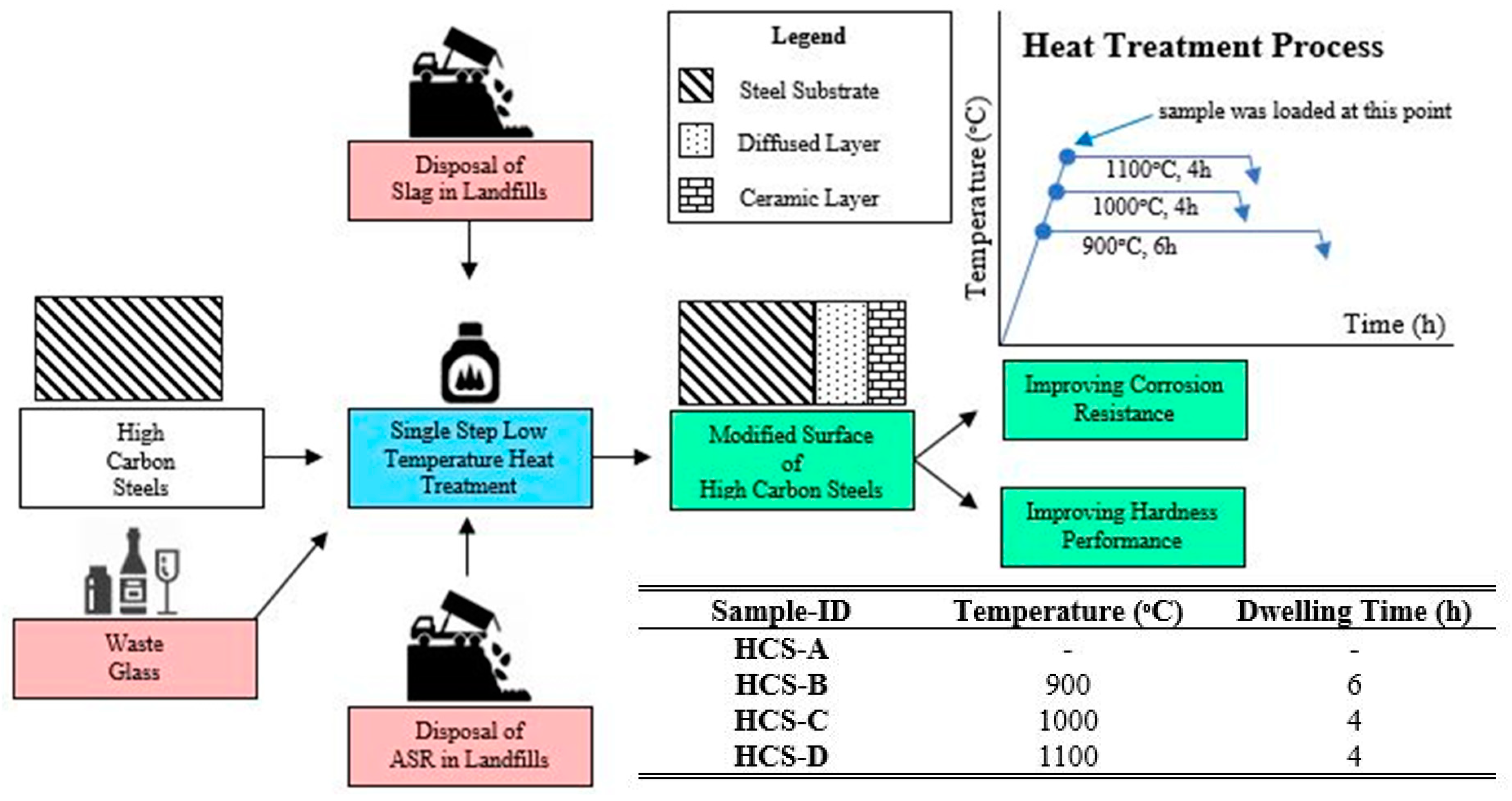
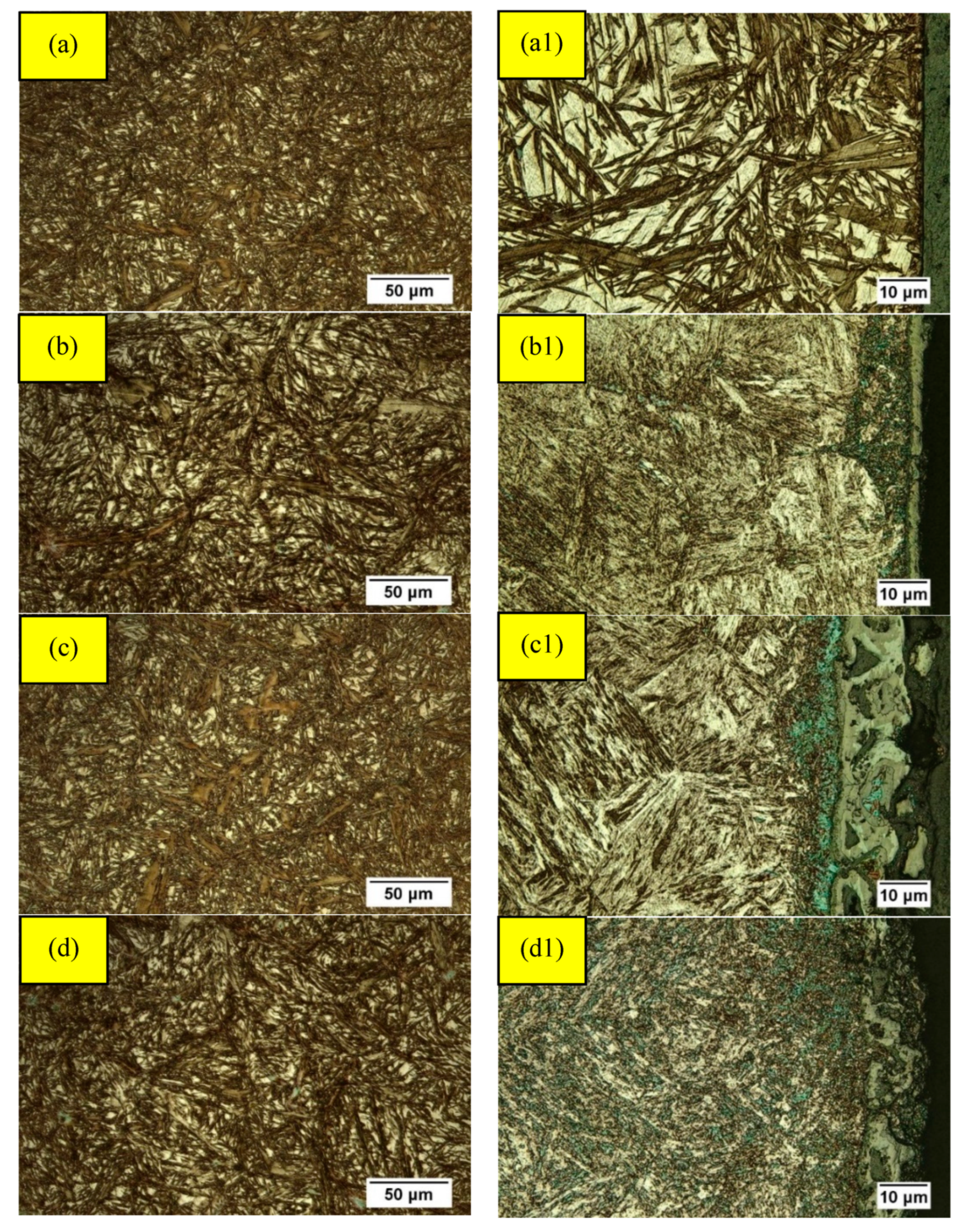


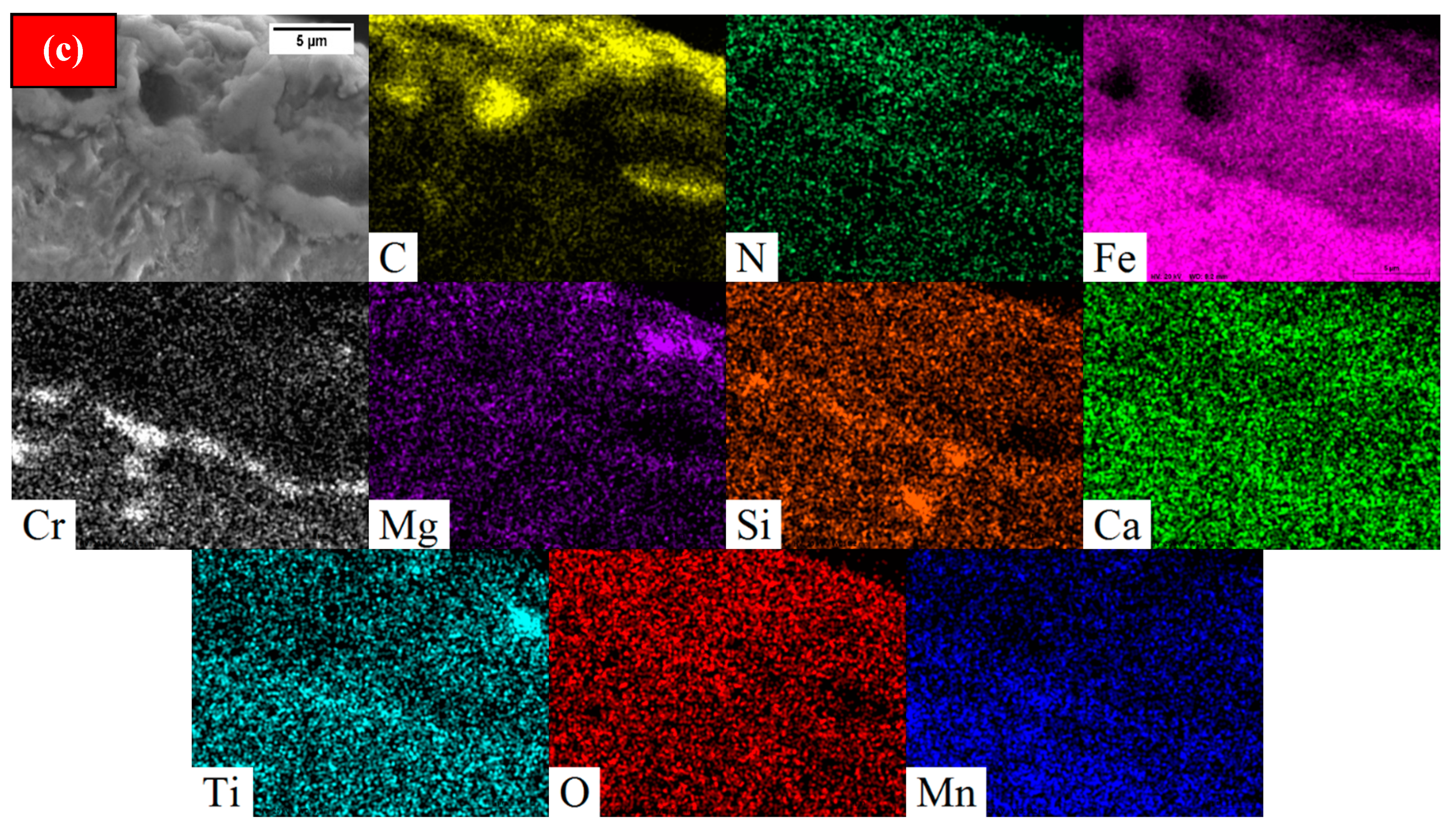
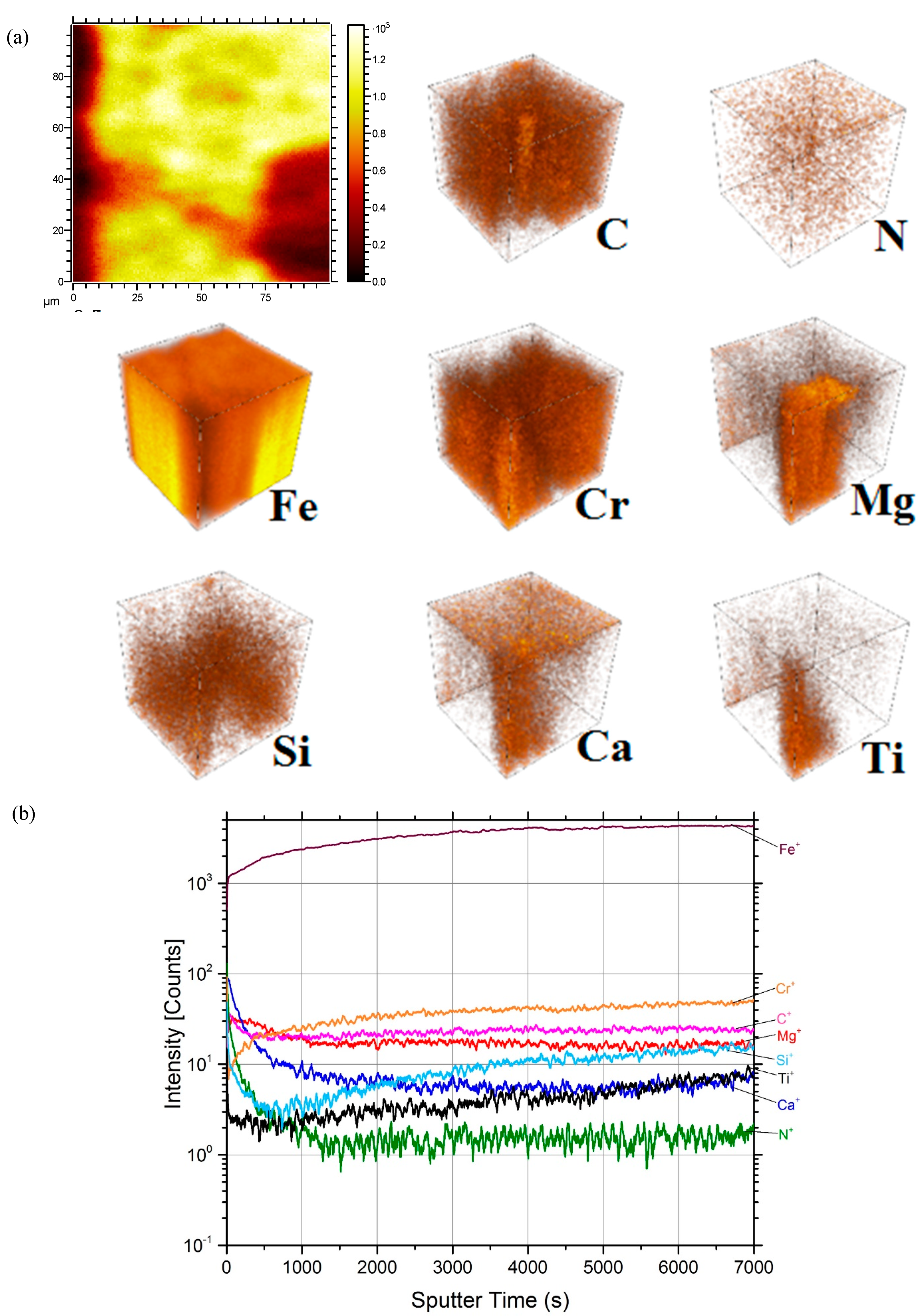
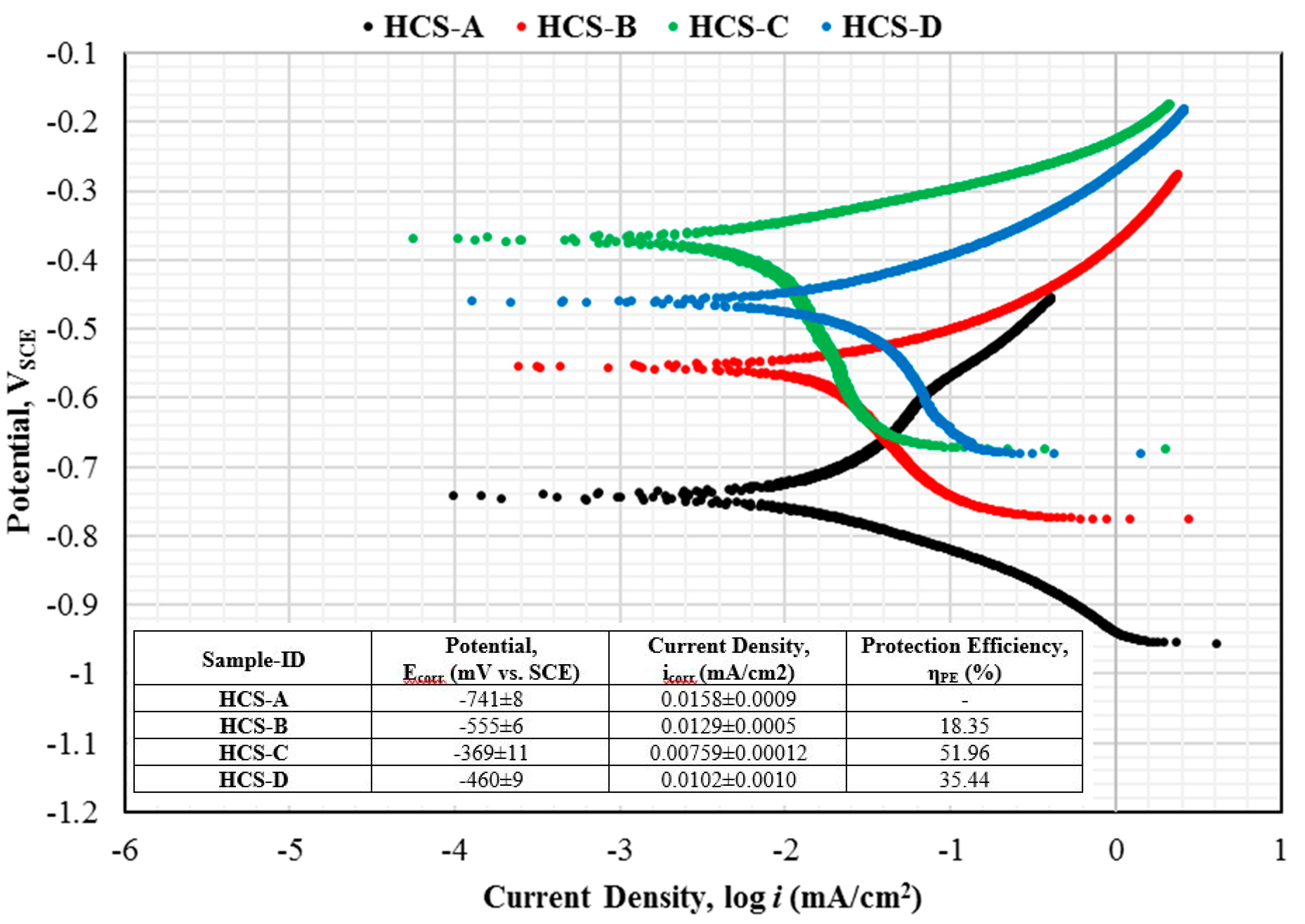
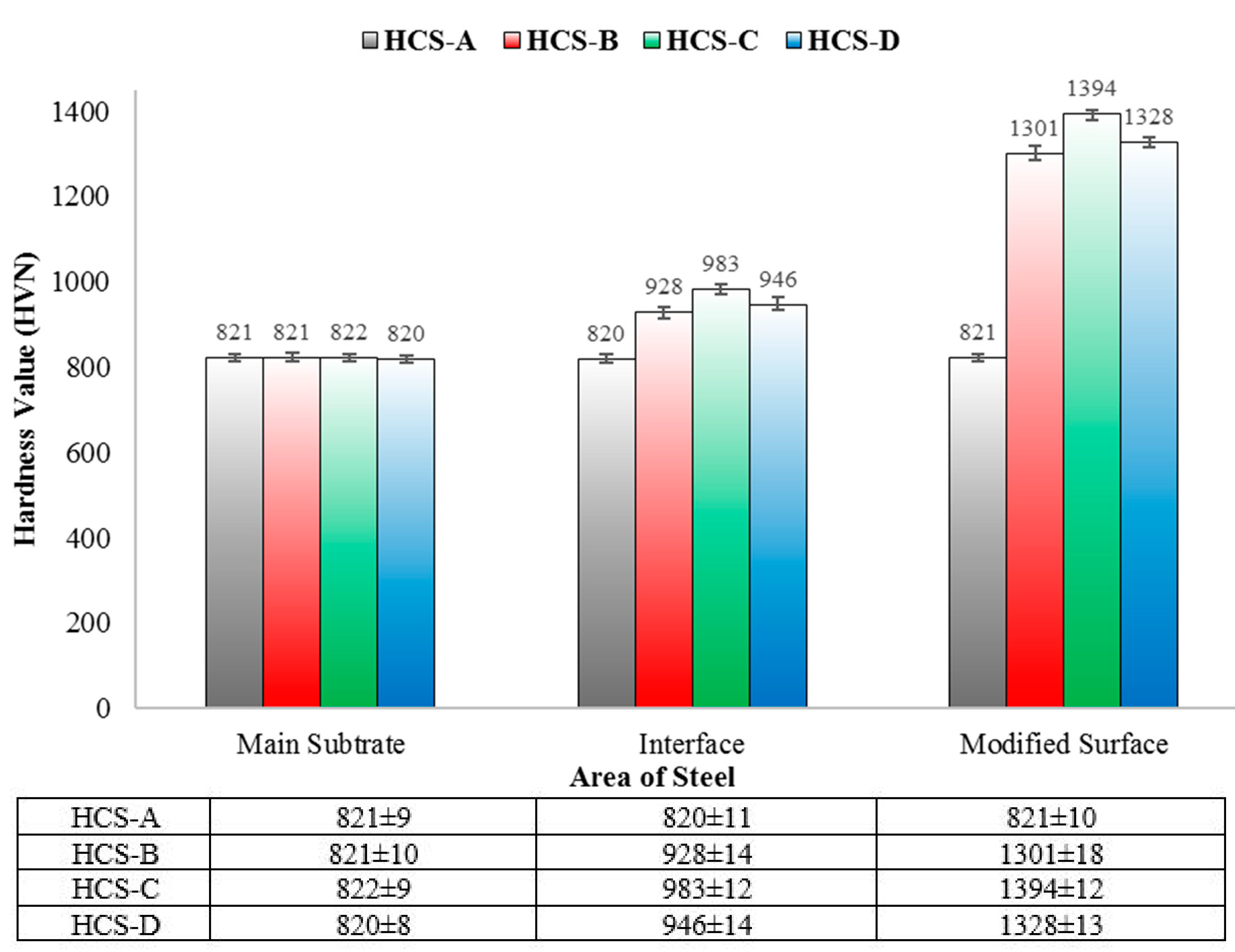
© 2019 by the authors. Licensee MDPI, Basel, Switzerland. This article is an open access article distributed under the terms and conditions of the Creative Commons Attribution (CC BY) license (http://creativecommons.org/licenses/by/4.0/).
Share and Cite
Handoko, W.; Pahlevani, F.; Sahajwalla, V. Enhancing Corrosion Resistance of High-Carbon Steel by Formation of Surface Layers Using Wastes as Input. Metals 2019, 9, 902. https://doi.org/10.3390/met9080902
Handoko W, Pahlevani F, Sahajwalla V. Enhancing Corrosion Resistance of High-Carbon Steel by Formation of Surface Layers Using Wastes as Input. Metals. 2019; 9(8):902. https://doi.org/10.3390/met9080902
Chicago/Turabian StyleHandoko, Wilson, Farshid Pahlevani, and Veena Sahajwalla. 2019. "Enhancing Corrosion Resistance of High-Carbon Steel by Formation of Surface Layers Using Wastes as Input" Metals 9, no. 8: 902. https://doi.org/10.3390/met9080902
APA StyleHandoko, W., Pahlevani, F., & Sahajwalla, V. (2019). Enhancing Corrosion Resistance of High-Carbon Steel by Formation of Surface Layers Using Wastes as Input. Metals, 9(8), 902. https://doi.org/10.3390/met9080902






